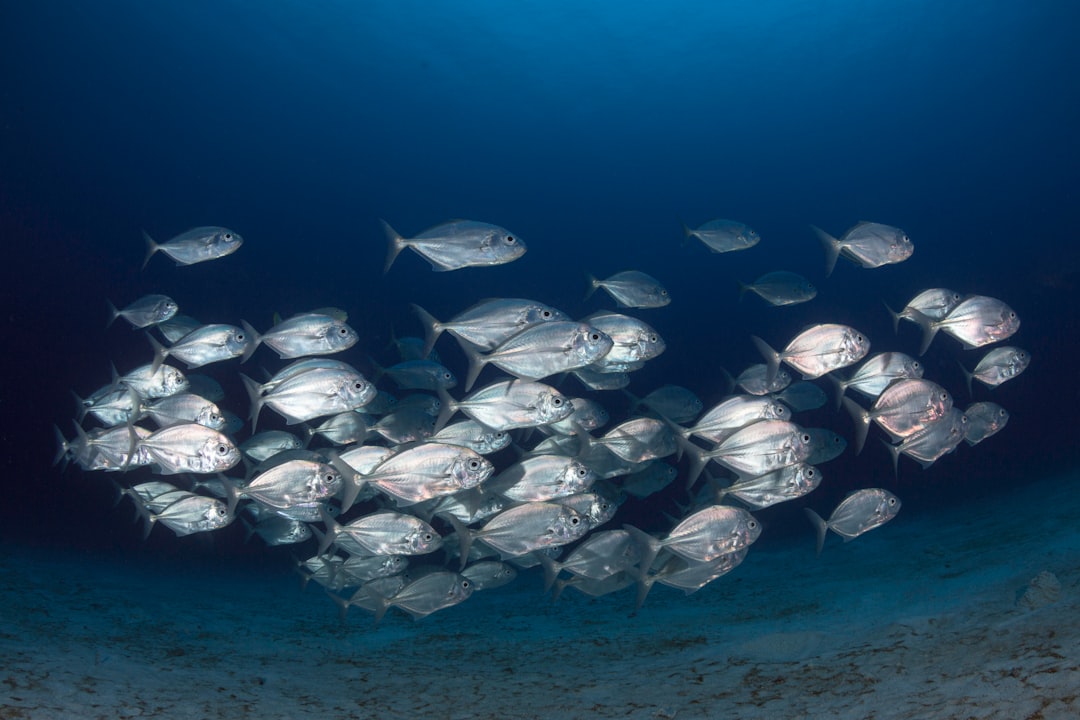What is it about?
Mixing of “sticky” fluids (i.e. fluids with a “high viscosity”) happens in many industrial processes ranging from food processing (e.g. mixing of caramel and butter to make toffee) via mixing of two paints to produce different colors to the manufacturing of plastics from polymer blends. Mixing of such viscous fluids is most efficiently done by a phenomenon known as “chaotic advection”. Here fluid parcels move chaotically along erratic paths and are thereby rapidly redistributed over the entire flow region. The present study contributes to a deeper fundamental understanding of this phenomenon by explicitly distinguishing two qualitatively different kinds of behavior, i.e. so-called “linear” versus “nonlinear” transport, that occur and coexist during chaotic advection.
Featured Image

Photo by American Heritage Chocolate on Unsplash
Why is it important?
A deeper fundamental understanding of chaotic advection benefits systematic design, optimization and operation of mixing processes and equipment for “sticky” fluids. This, in turn, benefits development of more efficient processes that consume less energy to run the equipment and use less resources to make the products. Thus the present study may contribute to achieving a more sustainable industry and society.
Read the Original
This page is a summary of: Linear vs nonlinear transport during chaotic advection in fluid flows, Chaos An Interdisciplinary Journal of Nonlinear Science, September 2022, American Institute of Physics,
DOI: 10.1063/5.0087258.
You can read the full text:
Contributors
The following have contributed to this page










